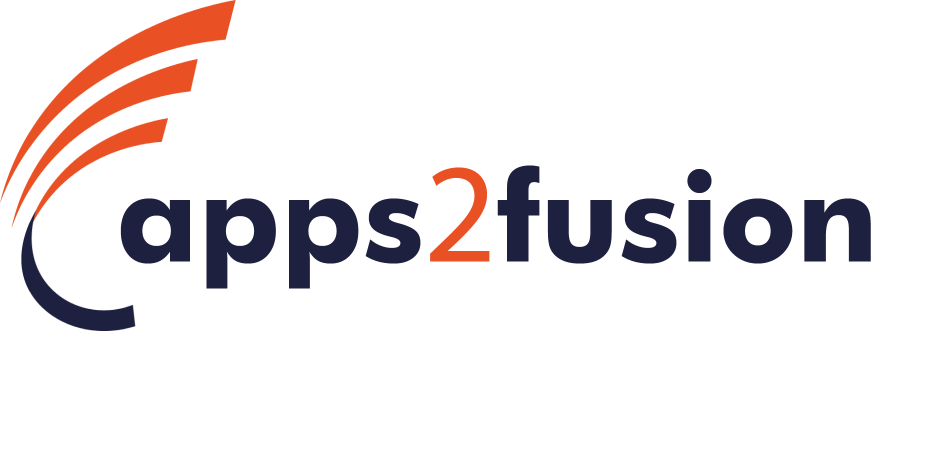Big Data 101: Understanding the Basics and Overcoming the Challenges
In today’s world of ever-increasing data, the term “Big Data” has become a buzzword, encompassing a massive amount of information beyond our traditional understanding of data. For instance, in our daily lives, we produce an enormous amount of data, from uploading posts, pictures, and videos on social media to transferring data to a GPS or any cloud network. All of this constitutes ‘Big Data’ in any form. Technically, Big Data refers to the amount of data that exceeds a petabyte, which is equivalent to one million gigabytes.
Big Data comprises a combination of structured, semi-structured, and unstructured data usually collected by organizations to extract information and use it in machine learning or any AI projects. In the following sections, we’ll delve into each data type.
Structured Data

Structured data is a well-organized type of information consisting of different addressable elements that enable efficient analysis. It is often used for managing data in a simplified manner during the development process.
A prime example of structured data is relational data.
Semi-structured Data

Semi-structured data falls somewhere in between structured and unstructured data. While it is not as highly organized as structured data, it is still more organized than unstructured data. This type of data can be partially organized but lacks complete organization. Despite being a relatively new technology, it is still a useful tool for data analysis.
Examples of semi-structured data include Relational Data Framework (RDF) and XML.
Unstructured Data

Unstructured data is the most extensive type of data, comprising 80 to 90% of the data collected or generated by organizations. The data in this category is highly unorganized, coming in various formats that do not fit into predefined data models. As a result, processing and analysing this data can be challenging.
Examples of unstructured data include text, emails, PDFs, media logs, and more.
Considering a career in Data Science?
Challenges of Big Data
- Big Data poses several challenges for organizations. One of the biggest challenges is the sheer volume of data. On average, the amount of data in an organization doubles every two years. As a result, companies struggle to keep pace with storing and managing the data effectively.
- Designing a Big Data architecture is also challenging, particularly for IT administrators who need to continuously improve the plan to optimize Big Data management.
- To make the most of Big Data, organizations need to tailor their systems to their specific needs. Otherwise, the industry may not be able to offer Big Data solutions that meet the needs of businesses in the future.
Despite the pros and cons of Big Data, one thing is certain – it’s here to stay, and it’s only going to get bigger. To make the most of it, organizations need to understand what Big Data means to them and how it can benefit them. The future possibilities of Big Data are limitless; for instance, in the medical industry, we may use Big Data to analyse DNA and determine the best treatment for genetic diseases such as cancer.
Who knows what else we’ll discover? As we continue to explore the potential of Big Data, the only limit to what we can achieve is our imagination. The future is full of opportunities, and with the right approach, Big Data can transform industries, enhance decision-making processes, and ultimately, change the world.





